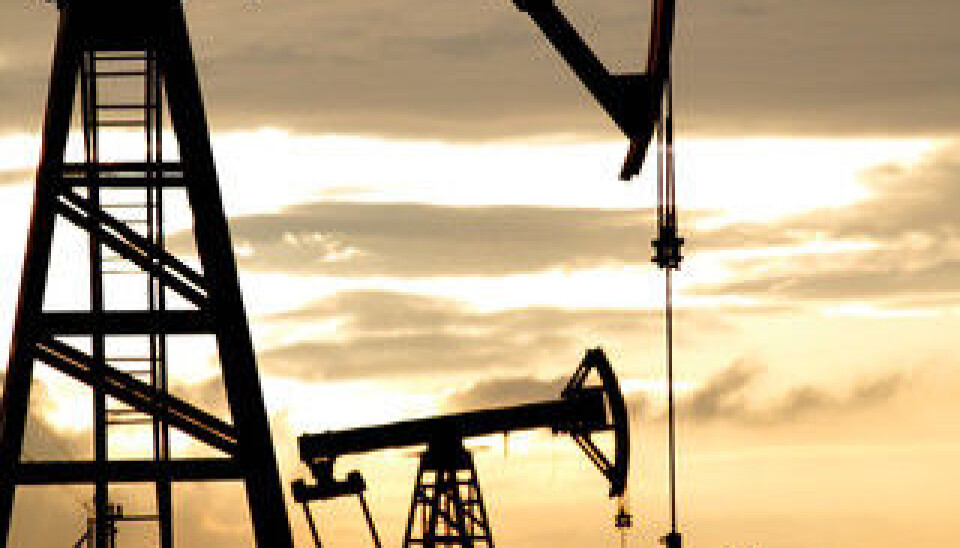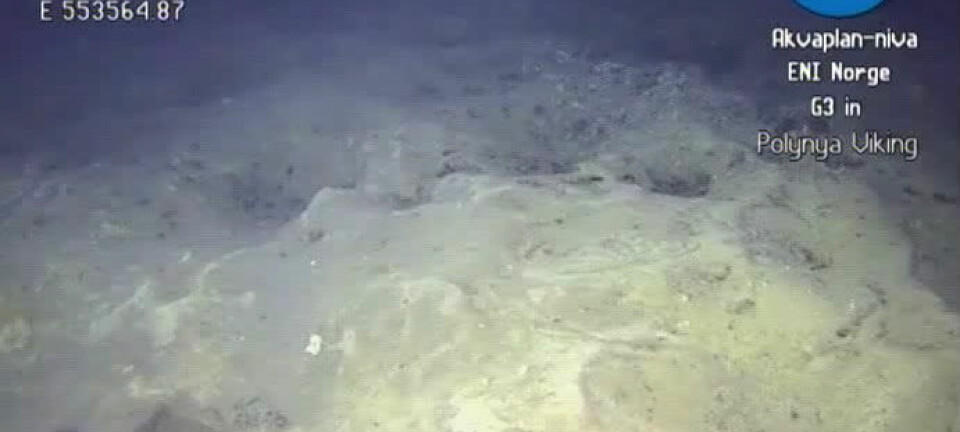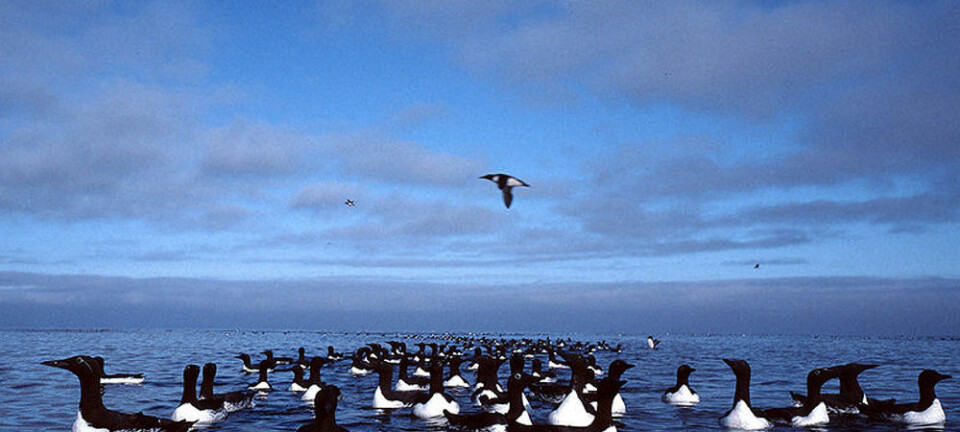
Oilfields have reduced their methane emissions
Capturing methane-rich natural gas from oilfields has helped ensure that emissions of methane have been far lower than expected, a new study shows.
Better control techniques and capturing methane-rich natural gas from oilfields, instead of burning it in flares, are behind 70 percent of the fall in methane emissions seen from the end of the 20th century.
A research team from the University of California, Irvine (UCI), made this discovery. The findings are published in the scientific journal Nature.
“Based on our data, we can now say with confidence that the trend is largely a result of changes in fossil fuel use," says UCI chemistry professor Donald Blake, who had main responsibility for the study, in a press release.
The research team reached its conclusion after it conducted the world's longest continuous methane sampling series.
We can now say with confidence that the trend is largely a result of changes in fossil fuel use.
Donald Blake
“The continuity of the data record has been essential to the success,” says Mads Sulbæk Andersen, a Danish chemist who co-authored the Nature article.
Trained at the University of Copenhagen and now employed by NASA’s Jet Propulsion Laboratory, Andersen adds: “The Nature article indicates that there are times when you can only achieve scientific insight by making a long series of measurements over several decades.”
Natural gas sent into the clear blue sky
Methane has 20 times the global warming potential of carbon dioxide, but it has received less attention because the concentration of methane in the atmosphere is lower.
This potent greenhouse gas has been a gigantic headache for researchers, who have long been mystified because the amount of methane in the atmosphere has not increased at the same rate as the rising industrialisation of society. But the riddle now seems to have been partly solved by the new study.
Now that the most important of these sources has been identified we are far better placed to look at the many other sources. Now that we know that 70 percent of the change in methane emissions is due to gas capture at oilfields, it is considerably easier to study and deal with the remaining 30 percent.
Ole John Nielsen
The slow growth of methane in the atmosphere since the start of this millennium is now shown to have arisen because it was around this time that the oil and gas industry started to capture and sell natural gas as a fuel.
Methane is the main ingredient of natural gas. Dangerous on an oil platform, and for years considered expensive to pipe away or store, the gas was typically burned off in a flare.
Danish atmospheric chemistry professor ‘excited’
Ole John Nielsen, a professor of atmospheric chemistry at the University of Copenhagen, is very excited by the result. As Andersen’s PhD supervisor, Nielsen has followed the project as an observer.
“This is a very important result that has solved part of the methane riddle,” says Nielsen. “It means that researchers can now start to look at the role of other methane sources. I am very proud that one of my former students here at the University of Copenhagen has helped carry out this brilliant study.”
Methane has many sources – from cultivating rice to ruminating cattle to rubbish tips.
“Now that the most important of these sources has been identified we are far better placed to look at the many other sources,” says the professor. “Now that we know that 70 percent of the change in methane emissions is due to gas capture at oilfields, it is considerably easier to study and deal with the remaining 30 percent.”
One of the changes in methane emissions that scientists are discussing at the moment is an increase in atmospheric methane since 2007. Some scientists have interpreted this development as a possible sign that global warming has provoked the release of methane from areas with melting permafrost – a phenomenon popularly called ‘the ticking methane bomb’.
Now that natural gas as a source of atmospheric methane concentrations has been documented, scientists will find it easier to clarify the importance of permafrost areas in this connection.
-----------------------------------
Read the Danish version of this article at videnskab.dk
Translated by: Michael de Laine











